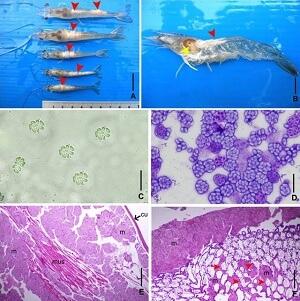Fish Skin Disease can benefit greatly from harnessing technology to improve its detection and control. Advanced technologies offer innovative approaches that enhance disease surveillance, diagnosis, and management in aquaculture settings.
Remote sensing and monitoring technologies enable real-time data collection on water quality parameters, such as temperature, pH, and oxygen levels. These tools allow for early detection of environmental changes that may trigger Fish Skin Disease outbreaks. Additionally, automated systems equipped with sensors can detect and alert abnormalities in fish behavior and health, enabling prompt response and intervention.
Advancements in diagnostic techniques, such as DNA-based testing and molecular tools, provide more accurate and rapid identification of the pathogens causing fish skin disease. These technologies enable targeted treatment strategies and minimize the use of broad-spectrum antimicrobials.
Furthermore, the integration of artificial intelligence and machine learning algorithms can enhance disease detection by analyzing patterns and trends in large datasets. These technologies can aid in predicting disease outbreaks, optimizing treatment protocols, and identifying risk factors associated with fish skin disease.
Additionally, the development of smart farming systems and Internet of Things (IoT) devices allows for real-time monitoring of fish health parameters, such as feeding behavior, growth rates, and skin condition. By leveraging these technologies, farmers can identify early signs of fish skin disease and implement timely interventions
Read more https://blogzen23.blogspot.com/2023/07/fish-skin-disease-impact-on-aquaculture_11.html
